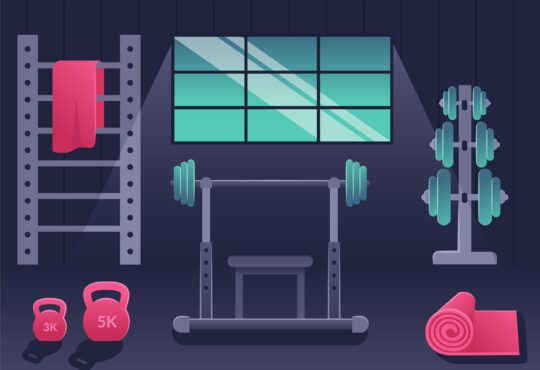Assistive technology has become a game-changer for people with vulnerabilities. It can help individuals to perform everyday tasks with greater ease and independence. The National Disability Insurance Scheme (NDIS) recognizes the importance of assistive technology and offers funding for it through NDIS plans.
In this blog, we will talk about how disability service providers offer assistive technologies in different forms, which allows NDIS participants to develop ultimate comfort in their daily routines.
What is Assistive Technology?
Any equipment or modification that makes it easier for people with vulnerabilities to carry out tasks that they might find challenging or impossible is known as assistive technology. It can include communication tools, mobility aids, and other technologies that assist vulnerable individuals.
With assistive technology, people with different impairments can become more independent and enjoy a better quality of life without hindrance.
4 Ways Assistive Technology Promotes Accessibility for NDIS Participants
Many types of assistive technology are available, each designed to meet the unique needs of vulnerable individuals. Here are some examples of commonly used assistive technology:
1. Transportation
Transportation can be a significant barrier for vulnerable individuals. However, there are many different types of assistive technology available that can make getting around easier. This can include wheelchair-accessible vehicles, mobility scooters, and modified bicycles.
2. Adjustable Beds
Getting in and out of bed can be challenging for people with mobility issues. Adjustable beds can make this task much easier, allowing individuals to adjust the bed height to suit their needs. Some adjustable beds also come with features such as built-in lifts and grab bars, making the whole experience much more comfortable and accessible.
3. Modified Wheelchairs And Walking Frames
Wheelchairs and walking frames are essential mobility aids for many people with vulnerabilities. However, there are many modifications available that can make them even more helpful. For example, powered wheelchairs can provide greater independence for individuals with limited upper body strength. Walking frames with built-in seats can also provide a comfortable resting place for individuals who get fatigued easily.
Using such assistance allows maximum support to vulnerable individuals and improves their functionality.
4. Gadgets
Assistive technology can also include gadgets such as tablets, which can help individuals with communication difficulties. These gadgets facilitate different software and applications that allow individuals to communicate more easily with others.
Such gadgets can also control other assistive technology devices, such as home automation systems and environmental controls.
How To Access Assistive Technologies Through Your NDIS Plan?
The first step is to discuss your requirements and requirements with your NDIS planner. Through a thorough discussion, your NDIS planner will create a strategy that includes financing for assistive technology.
Once you have sorted the eligibility criteria, you may choose the tools and supports to best serve your needs by working with an assistive technology provider. Your provider will work with you to ensure the products and equipment are customised to your needs and preferences.






